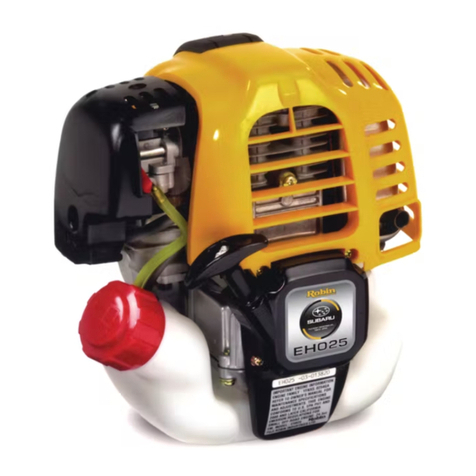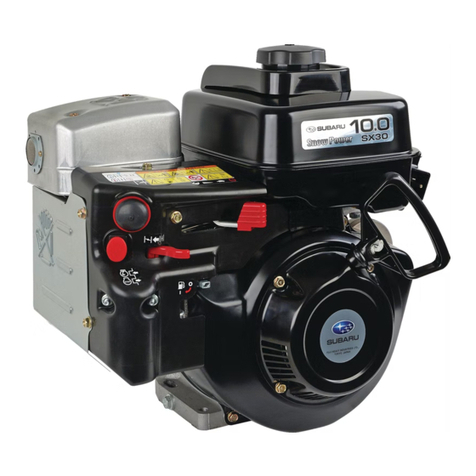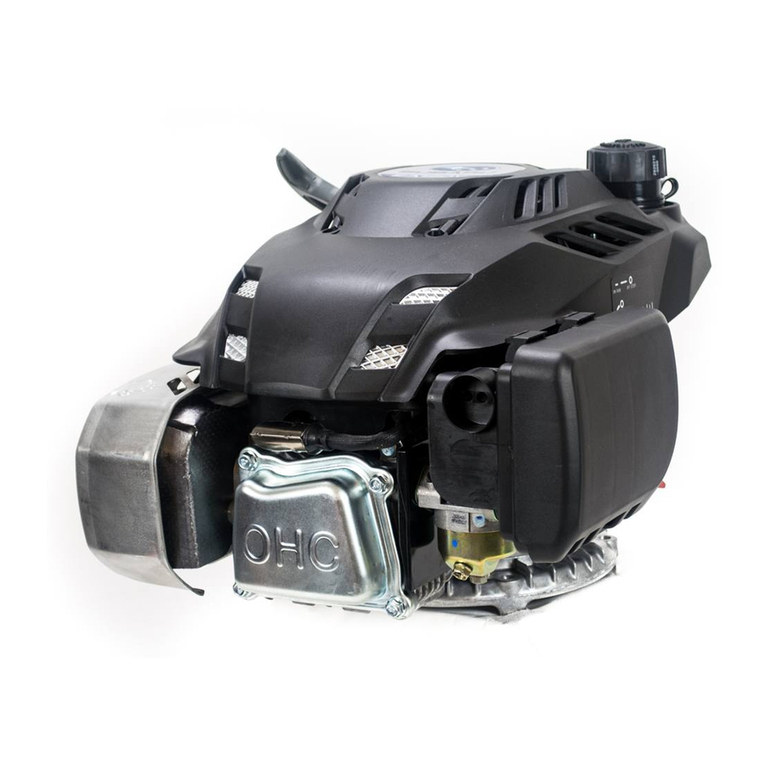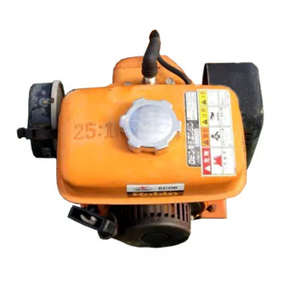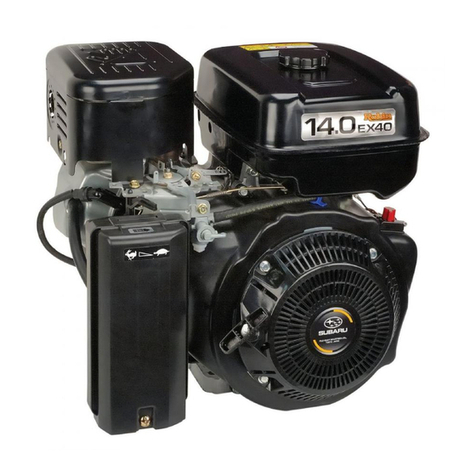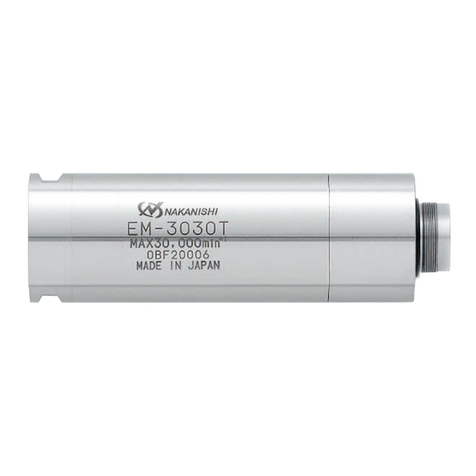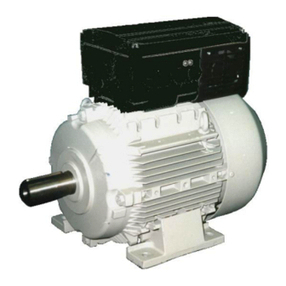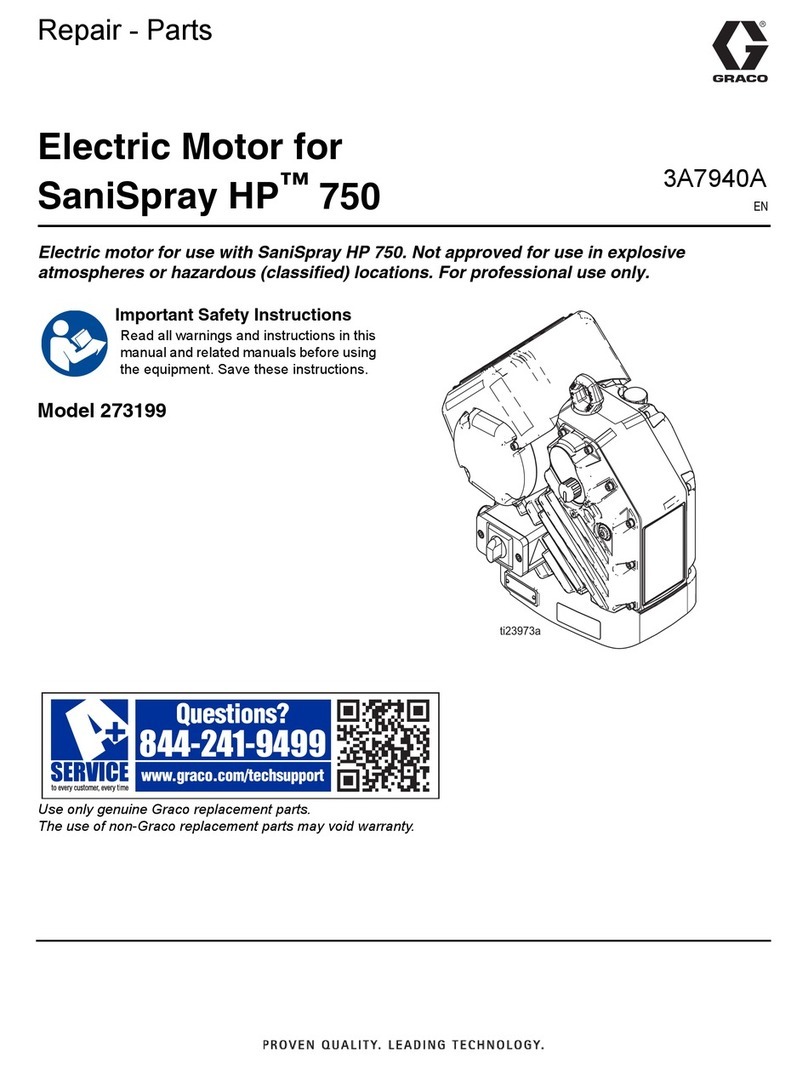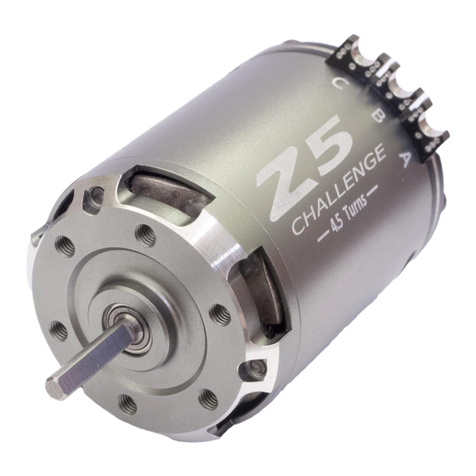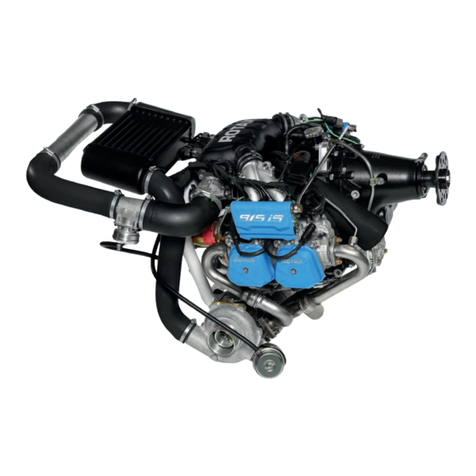
9
• Place engine on level surface.
• Clean area around oil fill and remove oil fill cap and
dipstick.
• Wipe dipstick clean. Reinstall and check oil level on
dipstick. (Figure 3)
• Slowly fill engine with oil through the oil fill opening until
it reaches the full mark on the dipstick. Stop filling,
occasionally to check oil level. DO NOT OVERFILL.
• Install dipstick. Install oil fill cap and finger tighten
securely.
• Check engine oil level before starting each time
thereafter.
STARTING THE ENGINE
1 Open the fuel shut-off valve, (if equipped)
2 Move choke control to Choke or Start position.
3 Push throttle to Fast position (if equipped). Operate the
engine with the throttle in Fast position.
4 Turn key to Start position (hold until engine starts, but
not more than 5 seconds). To prevent damage to starter,
allow starter to cool for one minute between attempting
to restart.
5 A) If the engine FAILS TO START, go to Step 6
B) If the engine STARTS, go to Step 7
6 Push the choke lever to the HALF CHOKE POSITION.
Repeat step 4.
• If the engine STILL FAILS TO START, repeat
Steps 1-5.
7 Once the engine starts move the choke lever to the Off
POSITION by pushing it in or move choke control to Run
position. Allow engine to warm up for two minutes.
NOTE: For cold weather starting: make sure the
proper engine oil is being used.
STOPPING THE ENGINE
1 Remove load from engine.
2 Move throttle to SLOW position.
3 While still running, allow engine to cool for two minutes.
4 Turn key to OFF position.
5 Close fuel shut-off valve (if equipped)
LOW OIL PRESSURE SHUTDOWN
Operation of an engine with low oil pressure will cause sig-
nificant damage within minutes. This engine is equipped with
a low oil pressure sensor that will shut off the engine if the
oil pressure drops below the safe operating pressure. If the
engine is equipped with the optional Subaru control box, the
warning light on the box will turn on and the engine will be
shut-down if the oil pressure is too low. If the engine has no
Subaru control box the engine will simply shut-down when
the oil pressure is too low.
For some applications, such as vehicles, it may be safer
to operate the equipment with the low oil pressure shut-off
system disabled. To disable the low oil pressure shut-off
system, disconnect (pull apart) the White and Blue wire
terminals that are located above the Oil Filter and the Oil
Pressure Switch. If this engine was purchased as part of an
equipment assembly, the equipment manufacturer may have
disabled the low oil pressure shut-down system. Please
check with your equipment dealer for details.
A low oil pressure condition is typically caused by insufficient
oil in the crankcase, contaminated oil, old oil that has not
be changed within the recommended service interval or an
internal engine problem. Please check with your authorized
Subaru engine service dealer for assistance. The low oil
pressure shut-down system does not replace proper service
and maintenance and the checking of the oil level before the
engine is started. Always check for proper oil level before
starting the engine.
HIGH OIL TEMPERATURE ALARM
Operation of an engine with high oil temperature will cause
significant damage within minutes. This engine is equipped
with a high oil temperature sensor and alarm system. The
oil temperature sensor monitors the oil temperature during
engine operation. If the oil temperature exceeds a safe oper-
ating condition, a high pitched and pulsating warning alarm
will sound.
If the alarm sounds, immediately shut the engine off.Al-
low the engine to cool and check for the cause of the high
engine oil temperature condition. Causes may include low
oil level, contaminated oil, blocked air flow across the heads
Oil Dipstick
FULL
LOW
Figure 3

